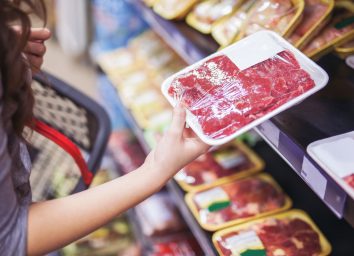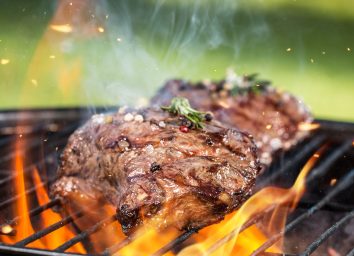7 Secrets Beef Companies Don't Want You to Know
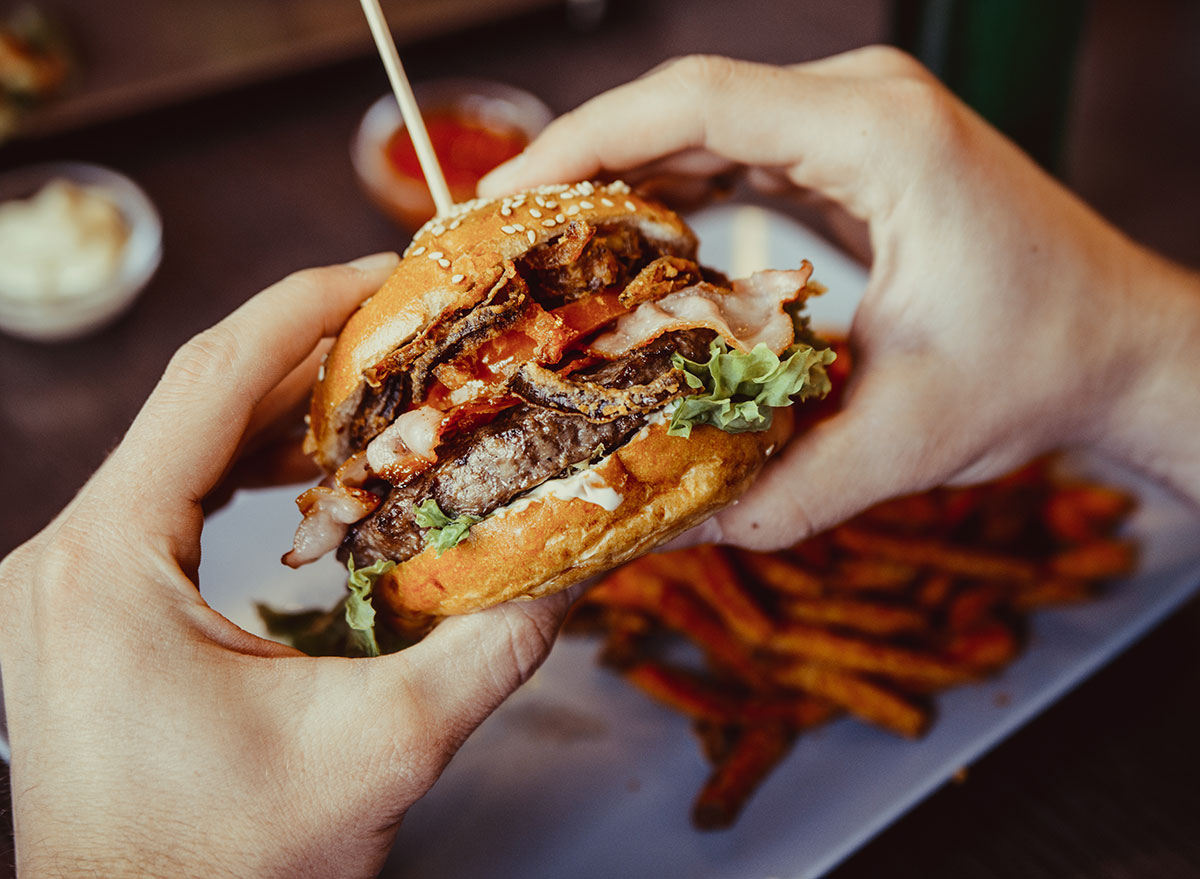
If you buy all of your beef from sources that are certified as organic, cruelty-free, carbon-neutral, and grass-fed, then, by all means, enjoy an occasional steak, burger, or brisket.
If, however, you've traditionally been a bit less choosy in sourcing your beef, then you may want to read up on some of the less than savory practices going on behind the scenes before you make your next beef purchase.
Not surprisingly, as with many players in the food industry, quality often comes down to the bottom line. But when it comes to beef production, the ways in which companies choose to produce meat (or even pinch pennies) can end up having some health and moral implications for you as the consumer.
Here are seven secrets the big beef companies don't want you to know. And next, don't miss the 8 Worst Fast-Food Burgers to Stay Away From Right Now.
Supermarket beef is often artificially red
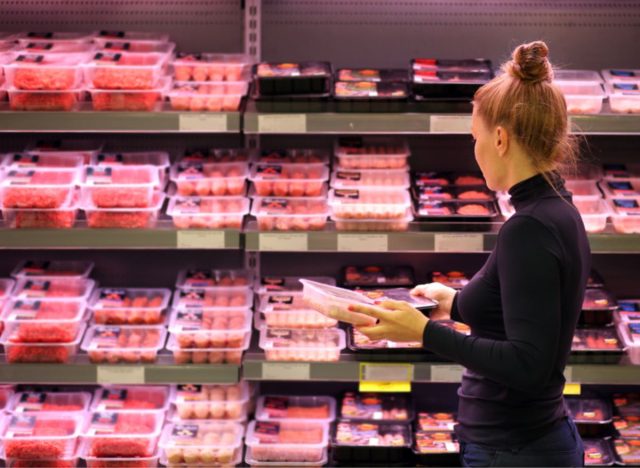
Contrary to common claims, meat companies do not dye beef to make it look redder and fresher—not with any regularity or as a general practice.
What is a common practice, however, according to Inside Edition, is to replace the gasses inside "air" tight packaging, removing air (and therefore oxygen) and replacing it with CO2, nitrogen, or carbon monoxide (or a blend of these). This practice is not harmful or dangerous, but it does preserve a red color that makes the meat look fresher than it likely is.
Beef production contributes a significant amount to human-induced greenhouse gas emissions.
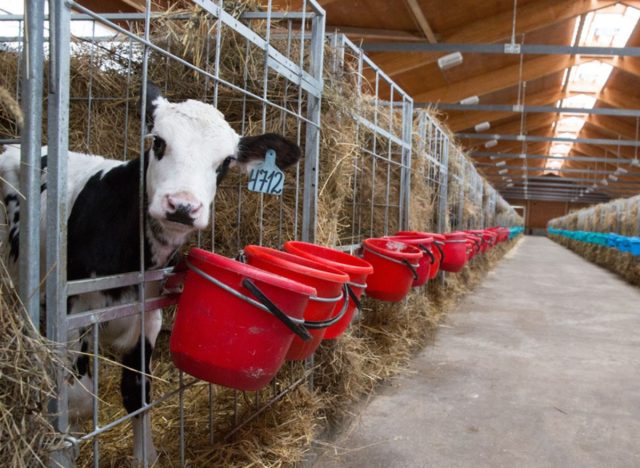
You've probably heard that livestock production is horrible for planet earth, and you likely know that methane is a much more potent greenhouse gas than carbon dioxide, but specific numbers can help drive this point home.
According to The Guardian, livestock, and principally cows, are responsible for 14% of all human-induced greenhouse gas emissions. Specifically, beef and milk production are responsible for the highest percentage of those emissions at 41 and 20%, respectively. Think of that: even with cars, trucks, planes, boats, factories, power plants, and fires burning around the globe, livestock still accounts for nearly 15% of climate gasses.
You often can't trust the label on beef
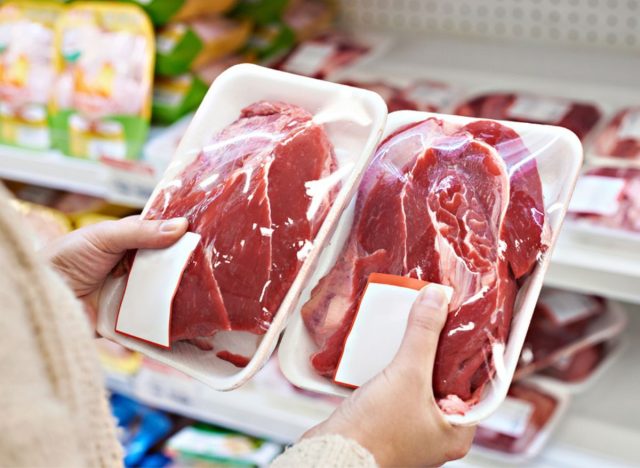
That "Product of the USA" label on your beef may mean next to nothing. Under current U.S. regulatory laws, in many cases, beef from cattle raised overseas but processed here can be labeled as American.
And, in some cases, the beef can even be processed and packed overseas and then re-packaged in America and still be called a product of the USA.
Dairy cows end up as beef
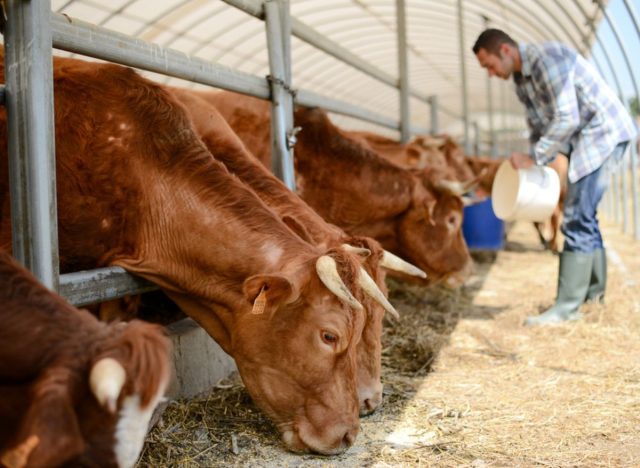
If you think a dairy cow got a lucky draw in life, think again. While most dairy cows will "enjoy" a longer life than their counterparts raised only for meat, according to Compassion in World Farming, most dairy cows only have good milk yields for three years, having started producing milk at two years of age. After this, they are most always slaughtered for beef. (Beef cows are typically a bit less than two years old at slaughter, for the record, reports Texas Monthly.)
Food manufacturers are not required to disclose where they source their beef
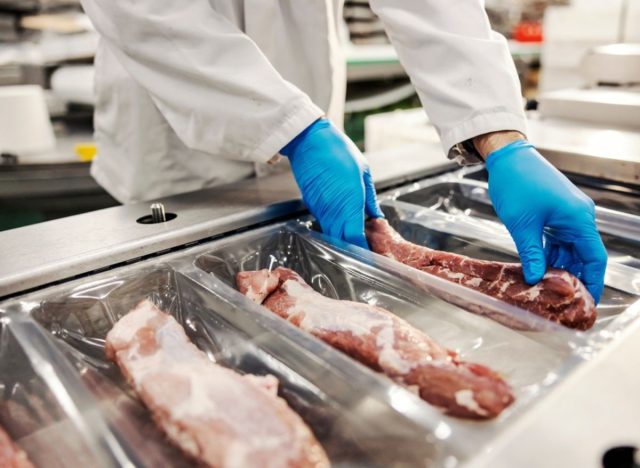
A few years back, staff writers at BuzzFeed decided to conduct an experiment. They reached out to more than a dozen major food labels to ask where these brands sourced their meats. The reporters were told in 11 out of 13 inquiries that the companies had a policy against such disclosures. In fact, there's no law compelling such disclosure absent any mitigating circumstances.
A single fast-food burger may contain meat from 100+ cows
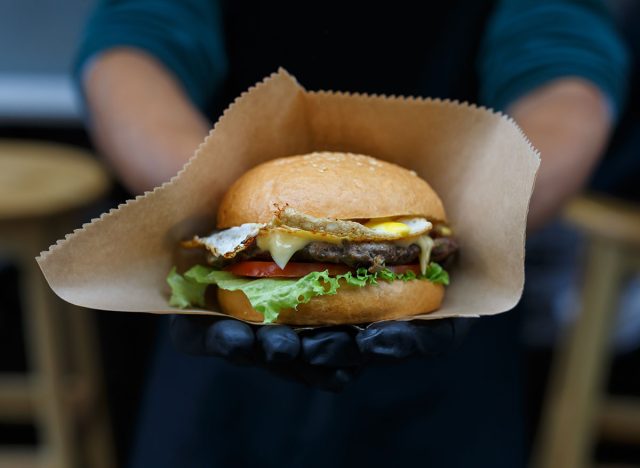
Fast-food chains are the cause of a lot of beef consumption. To create enough burgers to satisfy customer demand, chains like McDonald's use a meat blending process that, according to McDonald's own site, means "batches [of burgers] can be made up of the meat from more than 100 cattle."
The beef you consume may likely come from cows treated with antibiotics
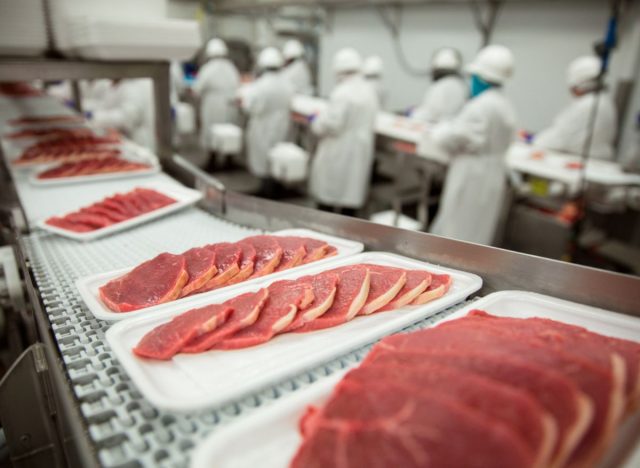
According to a PBS Frontline article, almost all cattle raised for beef production in America are given antibiotics despite industry efforts to obfuscate this fact. Sick animals are treated with heavy antibiotic doses, whereas, in many cases, perfectly healthy animals are given low doses (or "sub-therapeutic" doses) of antibiotics in order to increase their weight.
According to the Iowa Farm Bureau, animals are supposed to be free of "antibiotic residue" by the time they are harvested for meat. But this fact, in combination with all of the others, may have you looking at beef a little differently.

